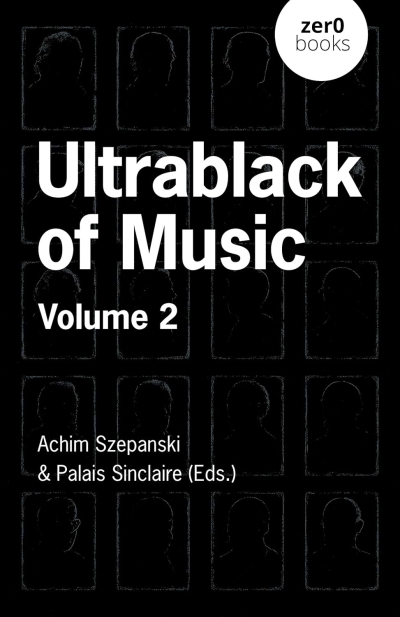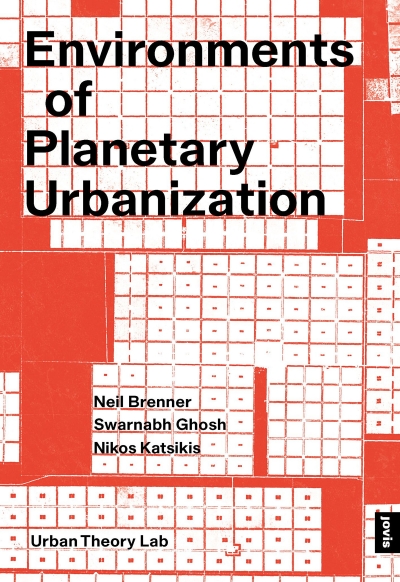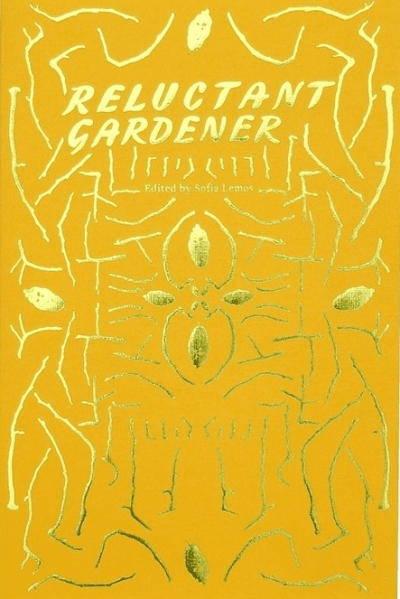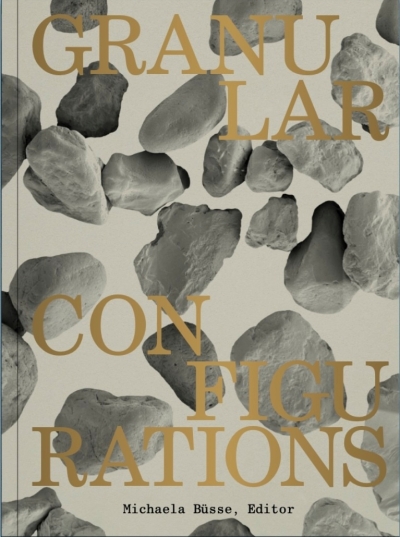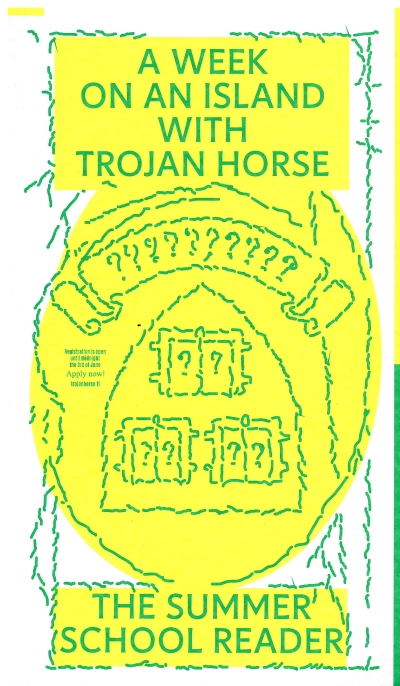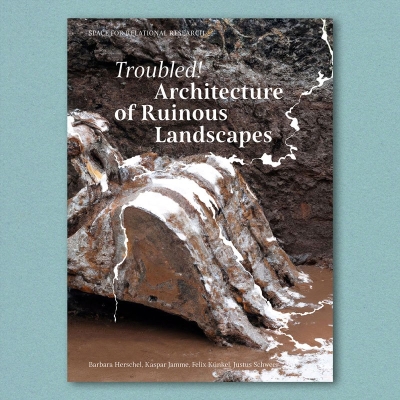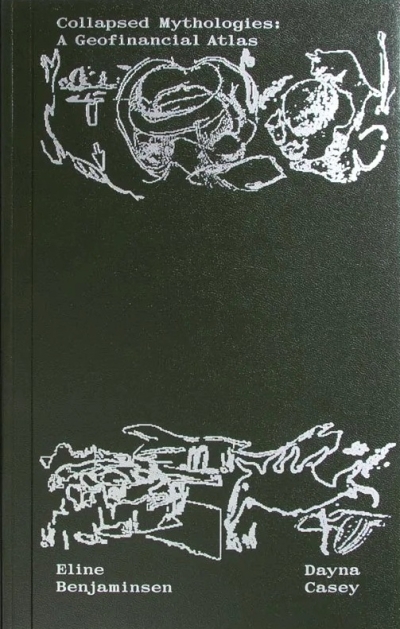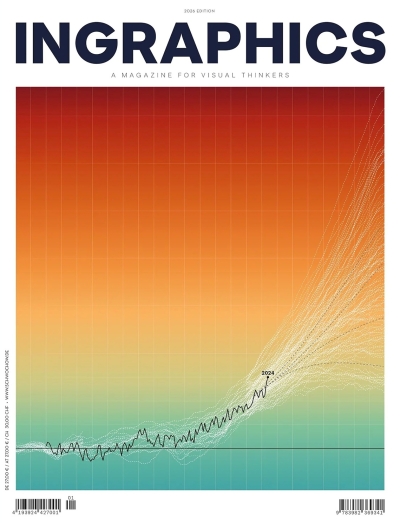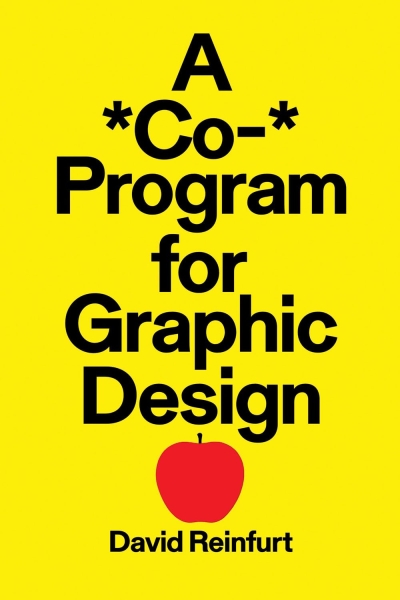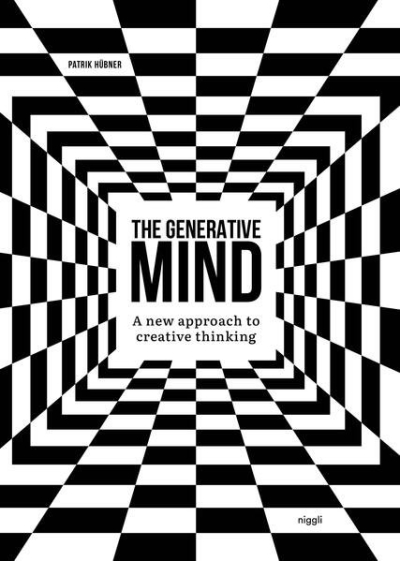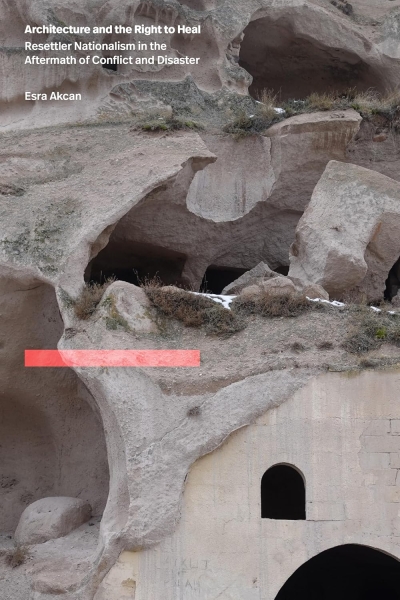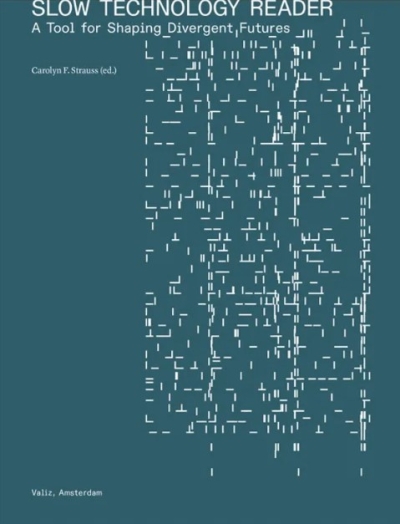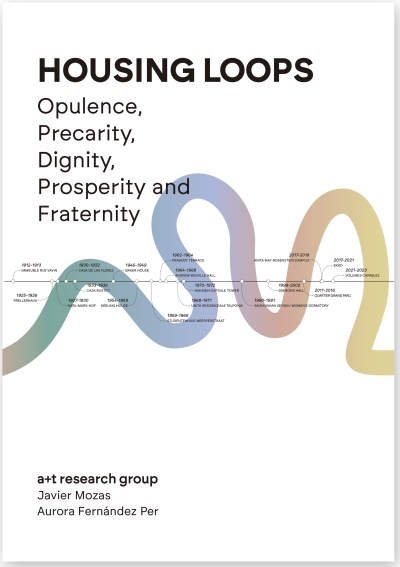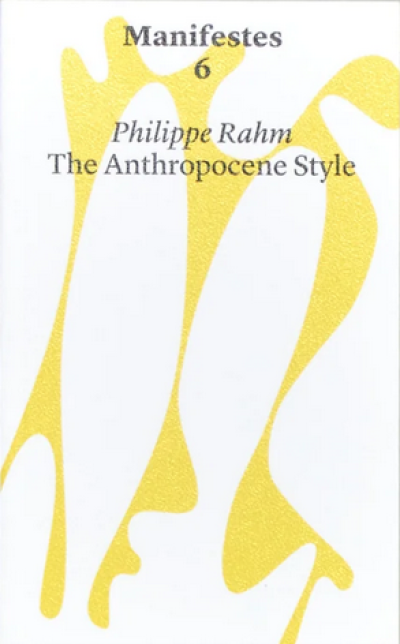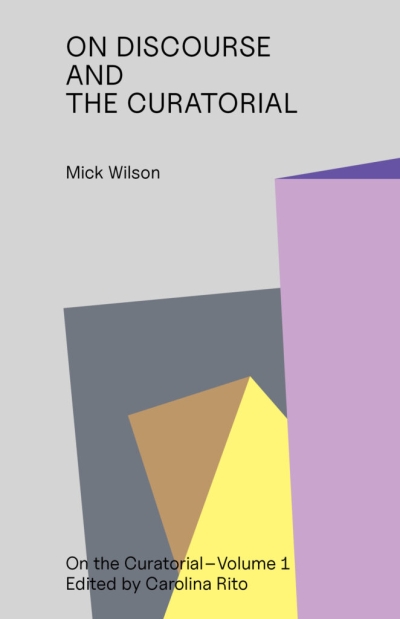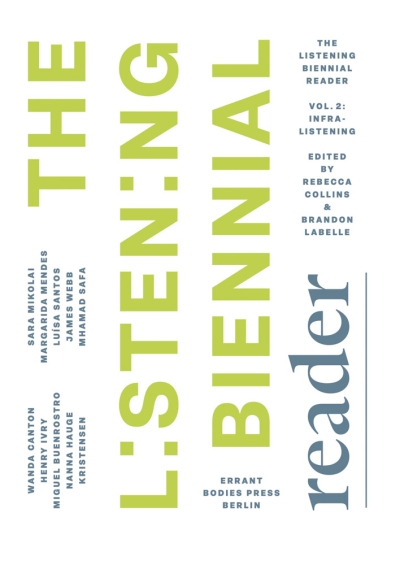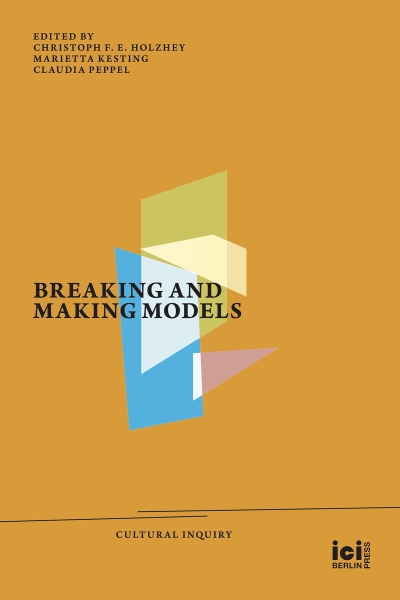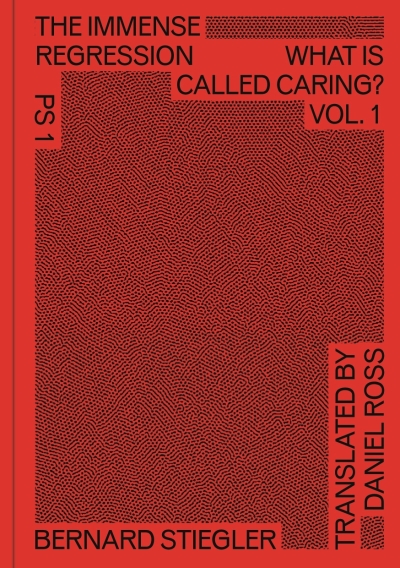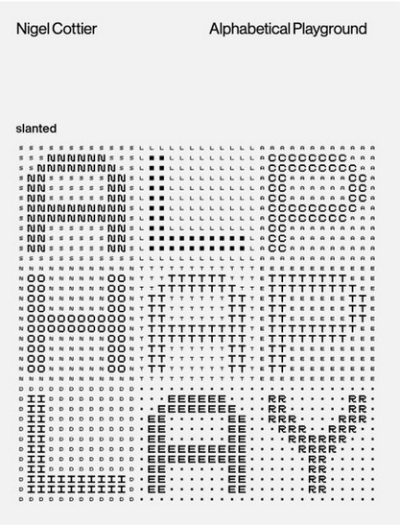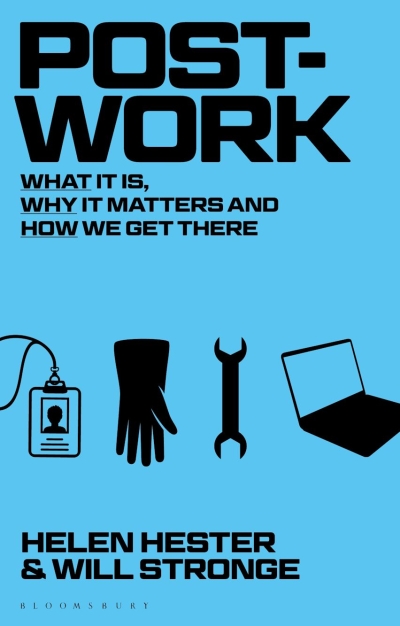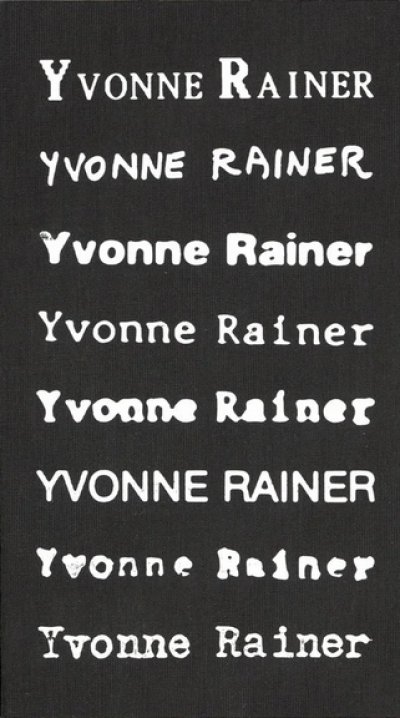
The Queer Art of Failure
The Queer Art of Failure is about finding alternativesoto conventional understandings of success in a heteronormative, capitalist society; to academic disciplines that confirm what is already known according to approved methods of knowing; and to cultural criticism that has extensively theorized hegemony but paid little attention to counter-hegemony. Judith Halberstam proposes "low theory" as a means of recovering ways of being and forms of knowledge not legitimized by existing systems and institutions. Low theory is derived from eccentric archives. It runs the risk of not being taken seriously. It entails a willingness to fail and to lose one's way. Tacking back and forth between high theory and low theory, high culture and low culture, Halberstam looks for the unexpected and subversive in popular culture, avant-garde performance, and queer art. She pays particular attention to animated children's films, contending that new forms of animation, especially CGI, have generated narratives filled with unexpected encounters between the childish, the transformative, and the queer. Dismantling contemporary logics of success, Halberstam demonstrates that failure sometimes offers more creative, cooperative, and surprising ways of being in the world.
"...insightful and intellectually brave in places, and makes a significant intervention in the development of queer theory. The Queer Art of Failure is also utterly charming... For all the humour in its content and in its style, this is a very serious work." Robert Eaglestone, Times Higher Education "A lively and thought-provoking examination of how the homogenizing tendencies of modern society might be resisted through the creative application of failure, forgetting, and passivity, actions generally deemed of little value within today's capitalist models of success... A valiant attempt to find value in positions and attitudes such as negativity that our modern success-oriented society disdains, this study is never less than thrilling." Publishers Weekly "The Queer Art of Failure is a manifesto for cultural studies. It self-consciously risks being dismissed or trashed in order to rescue alternative objects of analysis, methods of knowing, and ways of communicating. Its stakes are clear. It's not attempting to argue for the recovery of its materials from obscurity; it values forgetting and obsolescence. It's not claiming to retool our understanding of major work; it traffics unapologetically in the minor. And it doesn't pretend to comprehensive scholarship; it offers up plot summaries and allegorical readings with glee." Elizabeth Freeman, author of Time Binds: Queer Temporalities, Queer Histories "The Queer Art of Failure is inspired, provocative, and hilarious. More significantly, it is a deft evisceration of the regulative rigidities of disciplinarity and the pretensions of 'high theory.' Judith Halberstam's advocacy of 'silly archives' and 'low theory' is much more than a carnivalesque skewering of the earnest self-seriousness of much academic scholarship; it is a populist clarion call for expansive democratic visions of what it is we are writing about and for whom we think we are writing." Lisa Duggan, author of The Twilight of Equality? Neoliberalism, Cultural Politics, and the Attack on Democracy "Failure abounds all around us: economies collapse, nation-states falter, and malfeasance rules. In the face of our dismal situation Judith Halberstam distils and repurposes the negative for the purpose of thinking outside the tyranny of success. The Queer Art of Failure finds a new vitality in not winning, accumulating, doing or knowing. Both counter intuitive and anti-anticipatable, this compelling book pushes beyond many of the impasses and blockages that limit our critical horizons today." Jose Esteban Munoz, author of Cruising Utopia: The Here and Now of Queer Futurity "All losers are the heirs of those who have lost before them.' The Queer Art of Failure narrates hilarious and swerving outlaw comedies of refusal, absurdity, and exuberant being, acting in solidarity with its resident artists--from SpongeBob SquarePants to Yoko Ono. But the book hums a dark tone, too. The arts of normative style, playing out on sexual, racialized, gendered, and colonial bodies and landscapes, are painful to witness, even here. No artist or critic can repair the damage, erasing history; but Judith Halberstam wields all of the weapons that intelligence (and cartoons) can bring against the harsh work of conventionality." Lauren Berlant, author of Cruel Optimism "Queer Theory using Spongebob Squarepants? Totally there... Underdogs and shoddy queers can take wordy, erudite solace in Halberstam's words." GT "...here is a book well worth the time and attention it takes to read it and to consider its implications. Most especially in that Judith Halberstam writes not only with authority, but also with genuine wit, which leaves the reader laughing out loud from time to time, something quite unknown until now in books of queer theory. Further, Ms. Halberstam presents her case with deep insight into human nature, and into our deepset cultural need to simplify our definition of the word success--and, up until now, our seeming need to ignore the creative implications of failure. " Vinton Rafe McCabe New York Journal of Books "Set against a backdrop of global fincial crisis this is a quirky explanation of the queer possibilities the concept of failure has to offer, opening with a quote from SpongeBob SquarePants." Diva



